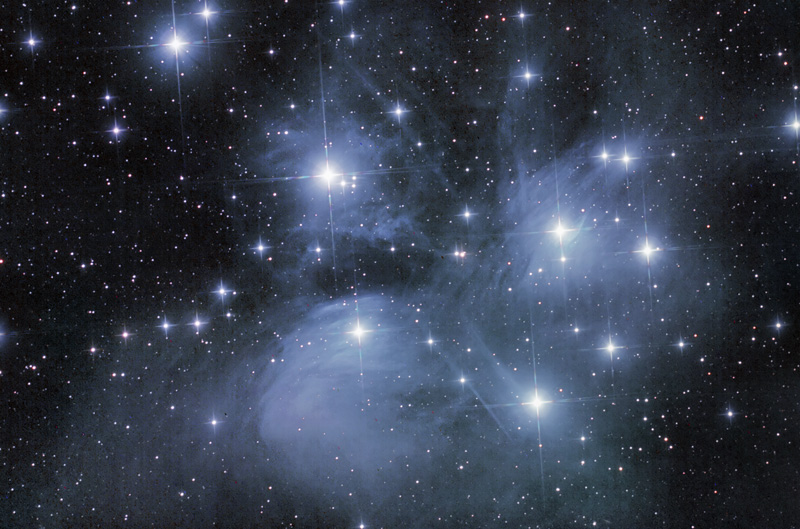|
|||||||||||||||||||||||||||||||||||||||||||||||||||||||||||||||||||||||||||||||||||||
All Contents Copyright by Jaime Fernández and Copyright of their respectives owners. Text mainly extracted from Wikipedia.
All Jaime Fernandez propietary contents freely available for non-profit purposes,
otherwise I beg you for a fair contribution to NGO Medicos Sin Fronteras proportional to the profit obtained.
Este sitio web usa cookies para su funcionamiento. No utiliza cookies publicitarias ni de personalización.
Al navegar por esta web aceptas el uso de estas cookies y que tus datos de navegación sean anónimamente recopilados para conteo estadístico y control de acceso
(IP origen, fecha y hora, página visitada y términos de búsqueda usados).
All Jaime Fernandez propietary contents freely available for non-profit purposes,
otherwise I beg you for a fair contribution to NGO Medicos Sin Fronteras proportional to the profit obtained.
Este sitio web usa cookies para su funcionamiento. No utiliza cookies publicitarias ni de personalización.
Al navegar por esta web aceptas el uso de estas cookies y que tus datos de navegación sean anónimamente recopilados para conteo estadístico y control de acceso
(IP origen, fecha y hora, página visitada y términos de búsqueda usados).

 Amateur Astronomy Picture of Day (AAPOD) 28/may/2011
Amateur Astronomy Picture of Day (AAPOD) 28/may/2011